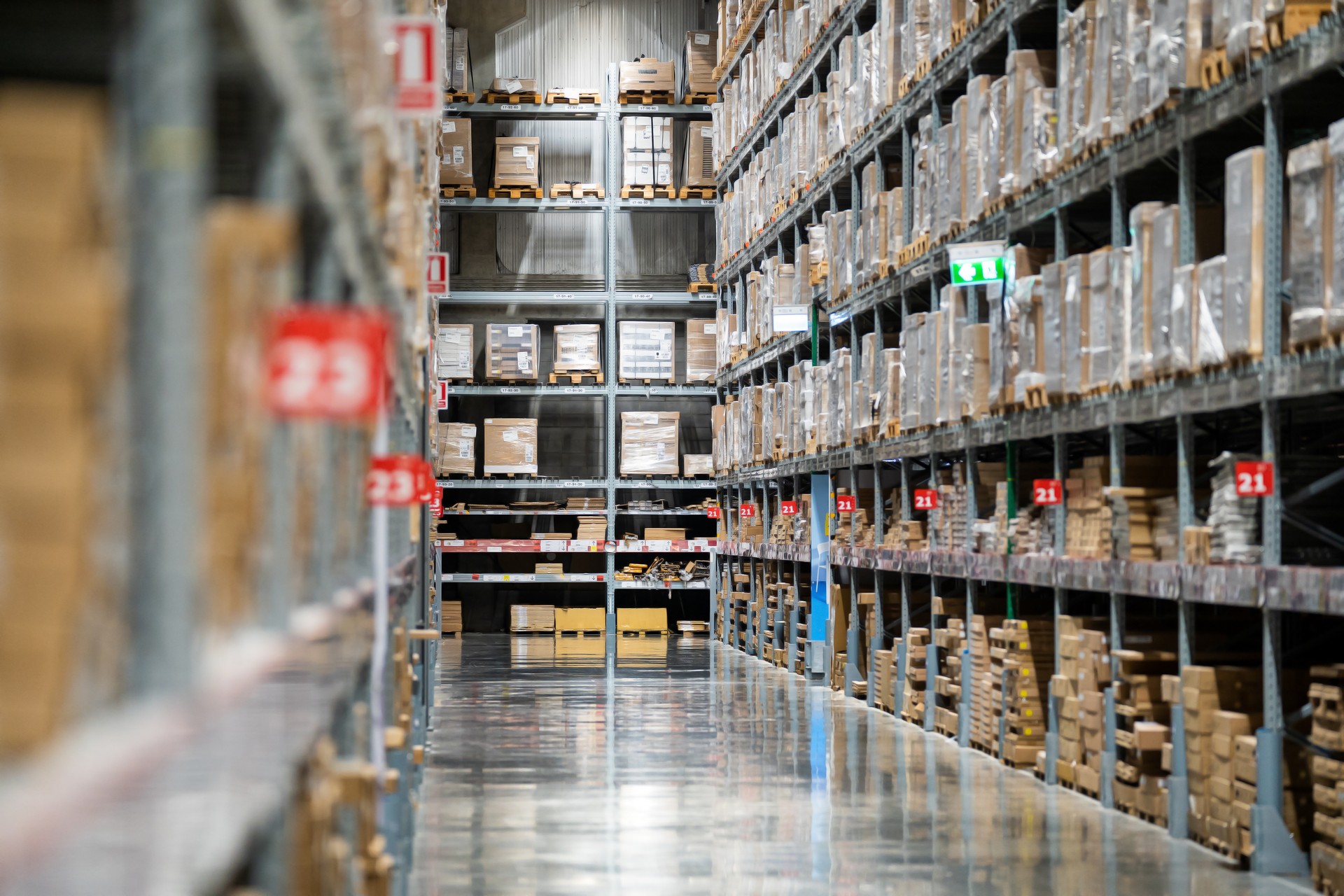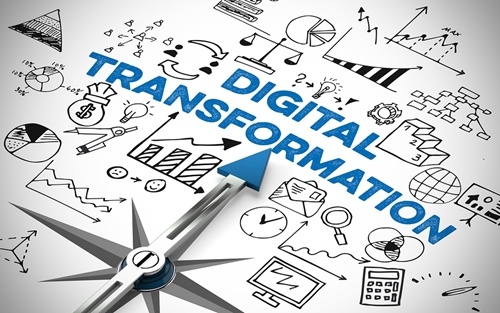The Internet of Things and its related big data explosion are here for supply chain and warehousing operations – or they are coming soon. Just think: IDC predicts IoT-enabled manufacturing operations spend will hit $105 billion by year’s end – and the IoT-based freight monitoring apps market alone will reach $50 billion.
Supply chain management systems are becoming more flexible, mobile and granular. Clearly, there have been great advances in a variety of areas, such as the portable and mobile label and receipt printing segments. These systems are all creating data. This information is worth its weight in gold for you to improve your supply chain operations. As our recent blog on big data has noted, now, more than ever before, warehousing managers can extract, store and slice and dice data to gain insights.
You can find ever-new ways to feed your product ID and legal and financial data into your enterprise resource planning, fulfillment, logistics and other solutions. Actionable data from the floor can enable you to change your processes, reduce shrinkage, make sure replacement parts are delivered on time and the like.
READ MORE about supply chain management (SCM) software »
Big Data Hits Supply Chain
It’s an established fact that the supply chain can become super responsive fast via digitization and data harvesting. And what quicker way to digitize than by turning to modern digital technologies? In fact, Gartner has an interesting prediction: By 2021, the Software-as-a-Service supply chain management market segment will account for more than 35 percent of all supply chain solution spending.
This trend will encompass how you deal with the big data deluge which is coming. With every tech innovation on the floor (through the IoT and other enabling edge technologies), there is a corresponding new layer of complexity. Coping with the new data types available will be overwhelming unless you already can access an existing robust data storage infrastructure. Also, you need to worry about storing all that data in one place — such as your own current IT facility. Disaster could strike and all the information be lost.
So, how can organizations set themselves up to leverage today’s data-driven technologies without setting themselves up for risk as they transition to new tools? Supply chain modernization is a promising idea. As you start to investigate solutions, here are five things to consider right up-front:
- Do your homework: Digital technologies aren’t magic. Make a realistic assessment of your own goals and evaluate your desired supply chain performance outcomes. Then decide what types of data you’ll need to keep and use to gain insights. And, sure, you have immediate needs in your warehouse – but you should consult your CIO about what technology you can realistically support.
- Think security: Always treat your mobile data collection tools as the precious resources they are. Digital technologies can come with a lot of change and disruption. This breeds potential security risks, especially as backend IT systems are adjusted to use the internet more heavily for sensitive data transmission. Make sure your data collection and integration systems offer the security your business needs.
- Ensure accountability and support: You must have 24/7 access to your offsite data to track and report on your activities (sometimes in real time). For this, you’ll need service level agreements. Also, be sure any technology partner has a professional support team to back you up, around the clock, in case of any tech hiccups.
- Review backup plans: And what if there is a disaster that cuts connectivity to remote locations outside your company’s primary network? Does your supply chain management strategy have options in place to maintain continuity in that facility? Will the data be mirrored between your primary site and remote locations when the disaster event has abated?
- Migrate at your pace: You don’t need to go all-in on digital at once, either. Make sure you are able to align your processes and workflows around new technologies to maximize the value of investments.
With that, good luck with digital transformation – and get ready to do great new things on the floor of your warehouse.







